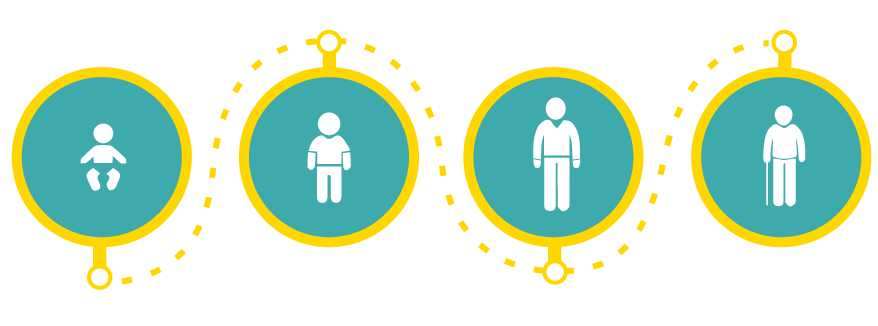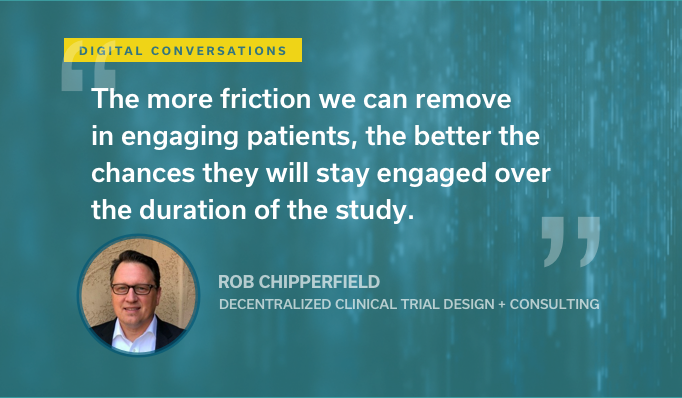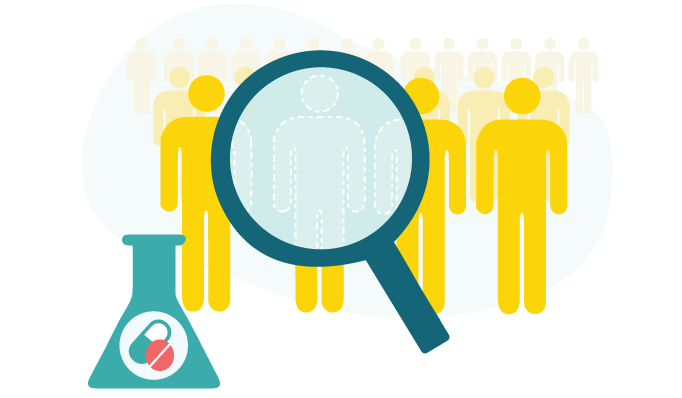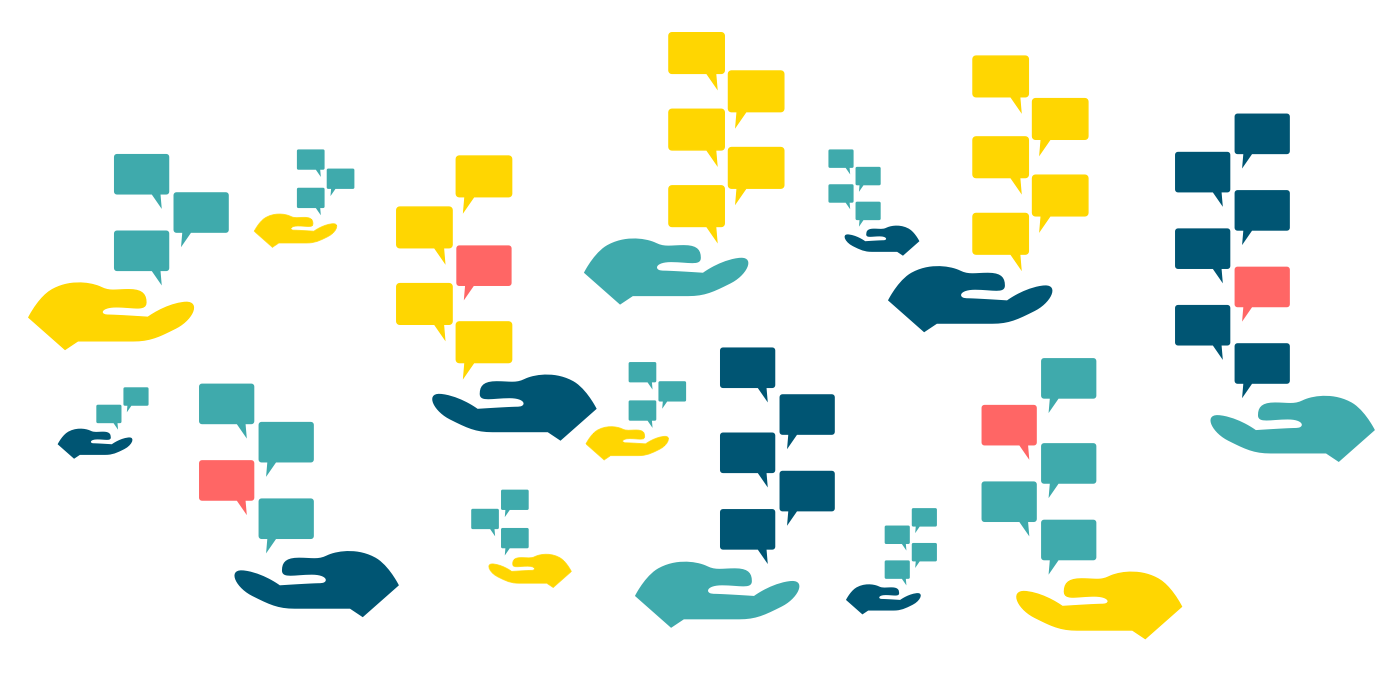Rare diseases pose unique challenges to researchers and companies working towards treatments and cures due to their small patient populations and limited understanding of natural history data (e.g. patient-reported disease progression). This is not a one-off problem: there are 7,000 rare diseases that affect 30 million Americans, 20 million of whom are children. Less than five percent of rare diseases have an FDA-approved treatment.
By 2023, it’s projected that 65 percent of new drug launches will be specialty therapies, many indicated for rare diseases and cancer.
To combat the lack of data regarding rare disease progression, clinical researchers are increasingly turning to natural history studies to facilitate and shape clinical development pipelines. So what is a natural history study? The FDA defines them as “observational studies that collect information about the natural history of a disease in the absence of an intervention, from the disease’s onset until disease resolution or the individual’s death.”
Natural history studies collect participant reported outcome measurements and quality of life surveys from the target patient demographic. Once collected, researchers analyze the patient-reported data to ensure that study teams are focusing on the most relevant endpoints for future studies (ie., Zolgensma focused on an infant’s ability to sit without support). When successful, natural history studies can ensure better clinical planning, regulatory alignment, and participant recruitment for downstream interventional studies.
We are seeing leading study sponsors increase the volume of natural history studies they launch, given the following benefits:
![]() Faster Downstream Recruitment: Pharmaceutical companies often partner with participant advocacy organizations to recruit patients for natural history studies. Conducting natural history studies allows sponsors to better understand participant needs, create better endpoints + endpoint measurement, which in turn leads to higher trust amongst the participants population and accelerates recruitment for downstream interventional studies.
Faster Downstream Recruitment: Pharmaceutical companies often partner with participant advocacy organizations to recruit patients for natural history studies. Conducting natural history studies allows sponsors to better understand participant needs, create better endpoints + endpoint measurement, which in turn leads to higher trust amongst the participants population and accelerates recruitment for downstream interventional studies.
![]() Improved Insight to Efficacy: Rare disease drugs have very small patient populations. Understanding outcomes and quality of life of patients who are receiving the current standard of care is essential to ensuring that drug companies develop more effective drugs.
Improved Insight to Efficacy: Rare disease drugs have very small patient populations. Understanding outcomes and quality of life of patients who are receiving the current standard of care is essential to ensuring that drug companies develop more effective drugs.
![]() Faster Regulatory Approval (potentially): AstraZeneca made a prescient decision when conducting a natural history study for spinal muscular atrophy in 2019. They focused on measuring new, novel endpoints that had not been previously explored in the disease state. One of the endpoints they selected, sitting without support, enabled potentially faster regulatory approval. Zolgensma was approved by the FDA for spinal muscular atrophy in 2019. On the drug label for Zolgensma, the FDA explicitly describes the importance of the external comparator by stating, “comparison of the results of the ongoing clinical trial to available natural history data of participants with infantile-onset SMA provides primary evidence of the effectiveness of Zolgensma.”
Faster Regulatory Approval (potentially): AstraZeneca made a prescient decision when conducting a natural history study for spinal muscular atrophy in 2019. They focused on measuring new, novel endpoints that had not been previously explored in the disease state. One of the endpoints they selected, sitting without support, enabled potentially faster regulatory approval. Zolgensma was approved by the FDA for spinal muscular atrophy in 2019. On the drug label for Zolgensma, the FDA explicitly describes the importance of the external comparator by stating, “comparison of the results of the ongoing clinical trial to available natural history data of participants with infantile-onset SMA provides primary evidence of the effectiveness of Zolgensma.”
What are some of the key factors that impact the success of natural history studies? Given their unique nature as being both non-interventional (unlike traditional Phase 1, 2, or 3 studies) and longitudinal in nature, participant engagement is paramount. Technology must play a role: these studies can take years to complete, and enrolled participants may not interact physically with study sites on a regular basis, so it’s critical that participants are able to consistently engage through low-friction, digital channels.
We know that traditional digital channels, like mobile applications or online portals, are ineffective at garnering the type of engagement required of natural history studies. Evidence shows that clinical trial participants who were asked to download an application for a clinical trial only used the app for an average of 4.1 days before discontinuing. Multi-step onboarding, complicated registration requirements, usernames and passwords, and push notification fatigue all contribute to higher-than-expected attrition. So how might manufacturers and researchers effectively engage participants?
There’s been a meaningful shift in how consumers engage with services in their lives: messaging-based interactions, conducted natively on phones, automated with Conversational AI is taking over an increasing number of service interactions. This technology has matured to the point that it can now be applied to clinical research. It tackles the friction issues that come with portals and apps head-on, as it uses natural language to facilitate interactions with patients. And, it can deliver a personalized, automated journey for every participant across the hundreds of interactions required in a natural history study.
Here’s how it might work in a natural history study focused on primary hyperoxaluria type 3, where children have reduced kidney function and produce kidney stones. A manufacturer could partner with a foundation like the National Kidney Foundation to identify 30-50 study patients. Once enrolled, the sponsor could gather participant reported outcomes measures ranging from abdominal pain, to kidney stone passage pain, to quality of life surveys about the anxiety burden associated with having primary hyperoxaluria type 3. Engaging participants around these outcomes multiple times per day over the course of a year would result in 50,000 touchpoints.
Engaging patients with conversational messaging can sustain fast, unobtrusive check-ins over the long term by eliminating the need for app downloads, usernames, and passwords. Conversational technology can drive meaningfully improved engagement (90%+ activation rates and 86%+ retention throughout long-term patient reported outcomes collection).
Better participant engagement in the natural history setting is a win-win for participants and sponsors. Executing the natural history study with conversational-based engagement can significantly accelerate research timelines: not only will the sponsor benefit from improved retention throughout the duration of the study, they will also be able to leverage the same engagement infrastructure to recruit, enroll, and execute downstream interventional studies in the disease state.








